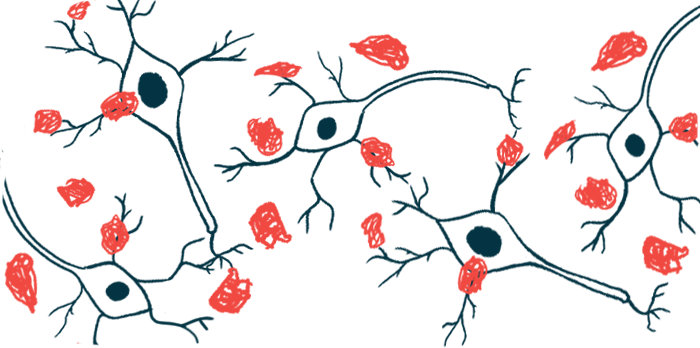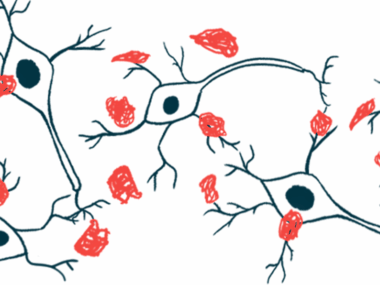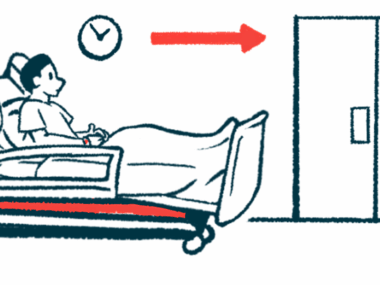DBS reduces toxic clumping in Parkinson’s rat brain cells: Study
Preclinical study could point to new uses for old treatment
Written by |

Aside from easing motor symptoms of Parkinson’s disease, deep brain stimulation (DBS) may also slow disease progression by keeping misfolded forms of alpha-synuclein from building up in the brain and harming nerve cells, a preclinical study involving rat brain cells suggests.
If the findings hold true in humans, they could provide a rationale for using an already existing treatment in new ways, according to a team led by Suneil Kalia, MD, PhD, and Lorraine Kalia, MD, PhD, senior scientists at the Krembil Brain Institute at the University Health Network (UHN) in Toronto.
Their study, “Reduction of alpha-synuclein oligomers in preclinical models of Parkinson’s disease by electrical stimulation in vitro and deep brain stimulation in vivo,” was published in the journal Brain Stimulation.
“DBS has been used to treat Parkinson’s since the late 1990s but it is only now that we are learning about its disease-modifying properties,” David Aguirre-Padilla, PhD, one of the study’s first authors and a former postdoctoral researcher in the Kalia labs, said in a press release from funder UHN Foundation.
Parkinson’s motor symptoms result from the loss of dopaminergic neurons — the nerve cells that release dopamine, a chemical messenger involved in motor control — in a structure, called the substantia nigra, that is part of the basal ganglia near the center of the brain.
DBS eases Parkinson’s symptoms, but effect on progression not known
DBS is a surgical procedure in which one or more leads are implanted into the basal ganglia. A pulse generator implanted under the skin in the chest delivers an electrical current via the leads that is expected to correct abnormal brain activity, thereby easing motor symptoms.
Though DBS is a widely and long-used surgical procedure, little is known about if and how it protects dopaminergic neurons from damage caused by harmful clumps of misfolded proteins like alpha-synuclein, which could slow Parkinson’s progression.
“A driving factor in most neurodegenerative diseases is the accumulation of misfolded proteins within or outside of brain cells,” said Suneil Kalia, who is also a neurosurgeon at Krembil and associate professor at the University of Toronto’s department of neurosurgery. “In [Parkinson’s], we see a buildup of a misfolded form of the protein alpha-synuclein.”
To know more, the researchers delivered a high-frequency electrical current, akin to that sent out by DBS, to neurons that were isolated from the brain of young rats and then grown in the lab. These neurons were engineered to produce a mutant form of alpha-synuclein that is known to cause familial Parkinson’s.
Compared with non-stimulated neurons, those stimulated with a high-frequency electrical current had significantly lower levels of a mutant form of alpha-synuclein, called A53T. When delivered over 24 hours, the electrical current also prevented A53T from sticking together into harmful clumps.
Stimulation reduces alpha-synuclein
To find out how well high-frequency electrical stimulation works in the body, the researchers used an animal model of Parkinson’s in which rats produced high levels of a fluorescent alpha-synuclein that only lights up when it clumps in dopaminergic neurons.
When delivered to the rats’ substantia nigra, but not the more commonly targeted subthalamic nucleus — also part of the basal ganglia — high-frequency electrical stimulation significantly reduced the overall levels of alpha-synuclein, including its clumped forms.
“We regularly apply DBS to one of three functionally connected regions of the basal ganglia, depending on the patient and their specific symptoms — most commonly the subthalamic nucleus,” Suneil Kalia said.
But refining the technique may offer additional benefits.
“This finding [that DBS reduces the levels of alpha-synuclein] tells us that the disease-modifying actions of DBS may depend to some extent on the brain region being targeted — this will be an important consideration when optimizing treatment plans for individual patients,” Suneil Kalia said.
While the number of dopaminergic neurons was similar in both non-stimulated and stimulated rats, the researchers suggested that DBS may have neuroprotective effects. How exactly DBS acts upon alpha-synuclein, however, remains unknown.
“The better we understand how DBS works, the more we can refine the therapy to enhance its benefits for each patient,” said co-author Eun Jung Lee, MD, a former postdoctoral researcher in the Kalia labs. “This approach could really change the landscape of [Parkinson’s] treatment.”
“DBS therapy could have a role beyond symptomatic treatment, with potential disease-modifying properties that can be exploited to target pathological [disease-causing] proteins in neurodegenerative diseases,” the researchers wrote.







